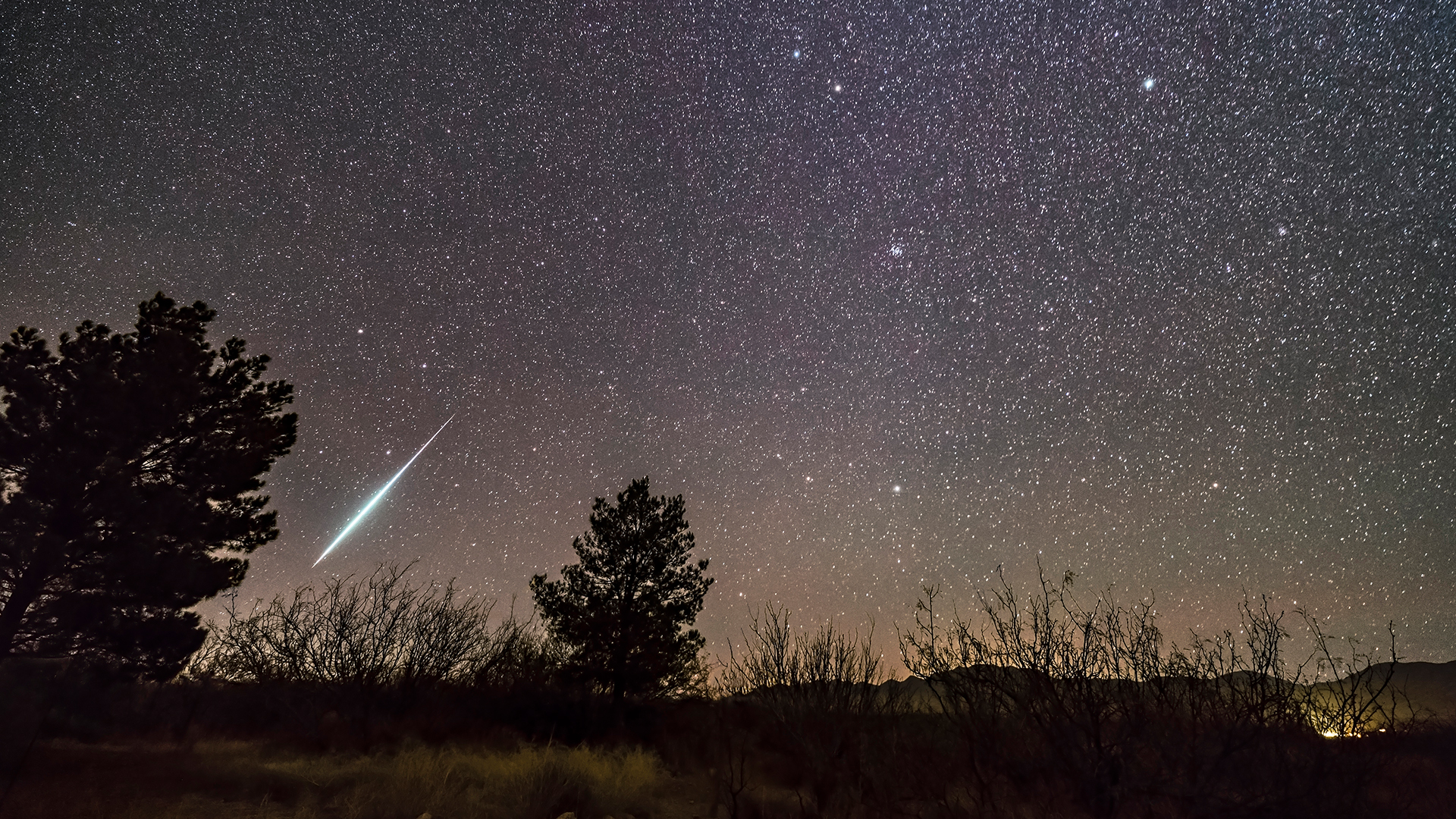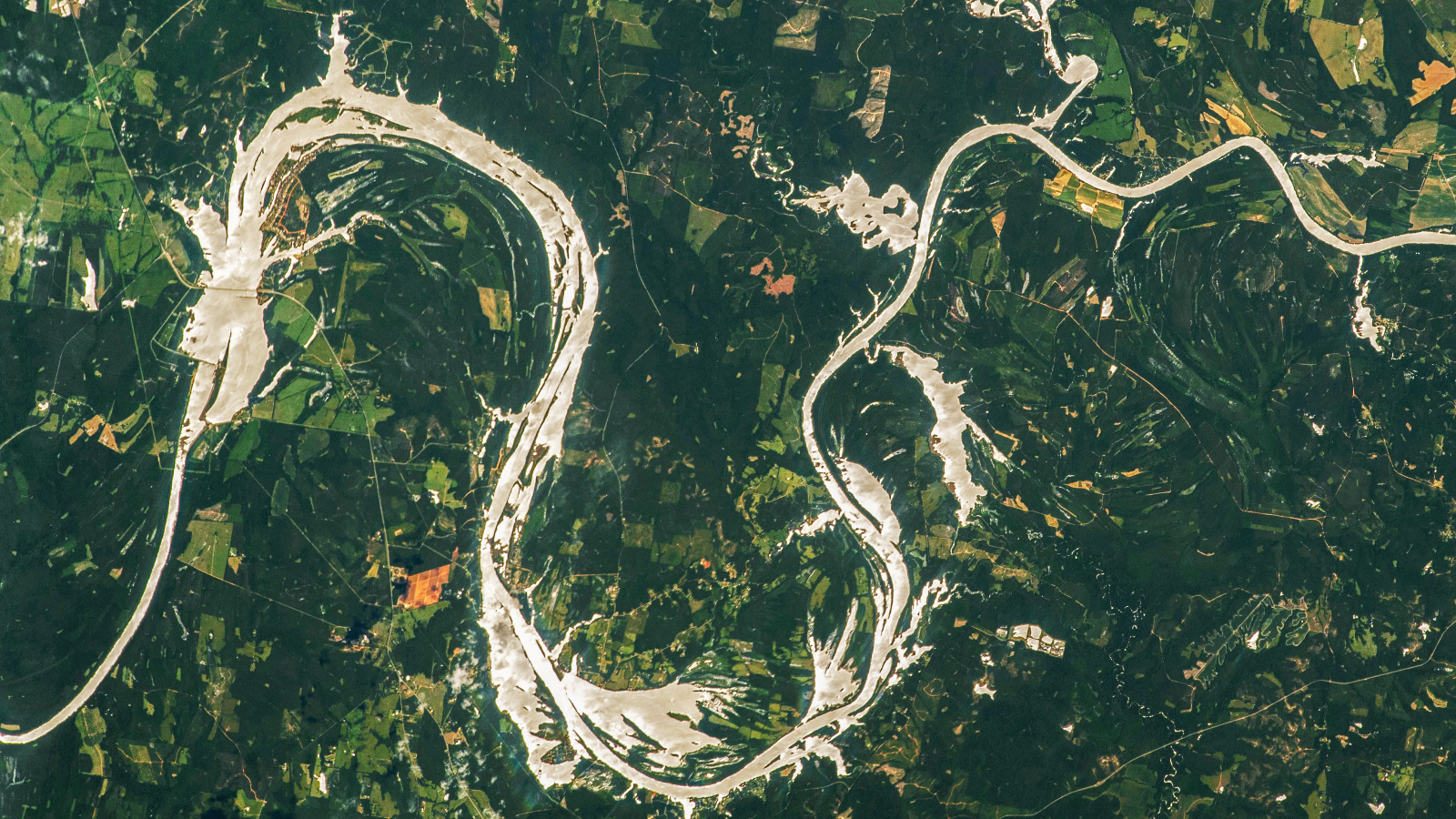The fiery Leonid meteor shower peaks this weekend. Here's how to watch.
Up to 15 "shooting stars" per hour may be visible in dark skies as the Leonid meteor shower peaks Friday and Saturday (Nov. 17 and 18).

The Leonid meteor shower will peak this weekend, bringing about 15 "shooting stars" per hour to the night sky on Friday night and early Saturday (Nov. 17-18). However, this annual meteor shower — named after the constellation Leo, the lion — may offer a bonus show this year, with some experts suggesting a second peak on Sunday (Nov. 19), according to the American Meteor Society.
During the peak of the Leonids, which are known for outbursts of meteor activity, there will be a 23% illuminated waxing crescent moon, which will set soon after sunset on Friday, according to the American Meteor Society. That will leave skies dark, though a clear sky is required to see meteors. It also helps to observe from a location with as little light pollution as possible.
Although this weekend's peak offers the highest frequency of meteors, the Leonids are active from Nov. 3 to Dec. 2.
"Shooting stars" are actually meteoroids, tiny particles that strike Earth's atmosphere, where they heat up and vaporize, releasing energy that's visible as streaks of light in the night sky.
The particles typically come from passing comets that cross Earth's orbital path around the sun, according to Live Science's sister site Space.com. The source of the Leonids is a small comet called 55P/Tempel-Tuttle, which visits the inner solar system every 33 years. Its most recent visit was in 1998, and it's due back in 2031, according to NASA.
Meteors from the Leonid meteor shower are considered some of the fastest, traveling at a swift 44 miles per second (71 kilometers per second), according to NASA. That's too fast for you to be able to see the meteors through a telescope, or even a pair of stargazing binoculars, so your naked eyes will be your best bet.
Despite relatively low rates of meteors, the Leonids are classified as a significant meteor shower because it's common to see "fireballs" (very bright meteors) and "Earth-grazers" (which streak close to the horizon) and because they produce an occasional meteor storm. Every 33 years or so, the Leonid meteor shower features at least 1,000 meteors per hour. During the 1966 event, there was a 15-minute period when there were so many visible meteors that they appeared to fall like rain. However, the most recent Leonid meteor storm occurred in 2002, so the next one isn't due until 2035.
Get the world’s most fascinating discoveries delivered straight to your inbox.
Although shooting stars can appear anywhere in the night sky during a meteor shower, it makes sense to look roughly in the direction of the radiant point, the spot from which the meteors appear to originate. In this case, that will be in the constellation Leo, around midnight on the peak night (Friday into Saturday), when Leo will be rising in the east as seen from the Northern Hemisphere.

Jamie Carter is a freelance journalist and regular Live Science contributor based in Cardiff, U.K. He is the author of A Stargazing Program For Beginners and lectures on astronomy and the natural world. Jamie regularly writes for Space.com, TechRadar.com, Forbes Science, BBC Wildlife magazine and Scientific American, and many others. He edits WhenIsTheNextEclipse.com.


